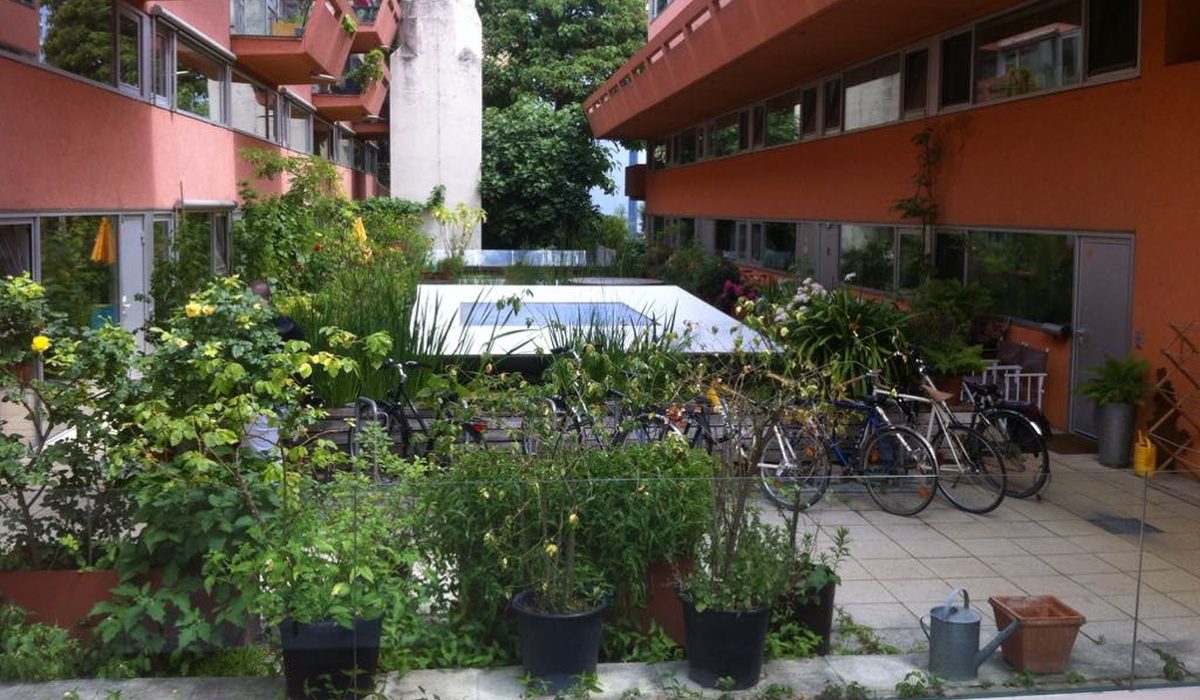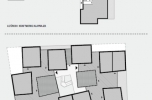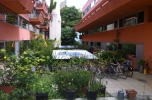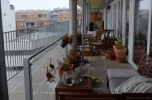Co-Housing
Innovative Architectural Solutions of Contemporary Urban Communal Residential Buildings
Text: Julianna Szabó, Annamária Babos
Photos: Julianna Szabó
Co-housing developments all over the world may be categorized according to various aspects: there are urban and rural communities, new constructions and remodelled real estates. In the tiniest ones there is only one room for each resident, whilst in others the traditionally equipped terraced house is a basic unit. Developments may target a special group or can serve variety, social integration. Financing and possession shows some extent of variety as well: ranging from tenement blocks to associations of owners or tenants, all of which are fairly widespread forms. Certain projects contain only a few, whilst other may house several hundreds of residential units, even comprising whole communal blocks or housing estates.
The architecture of co-housing is highly versatile as well. Architectural innovation tends to appear where investments and projects are supported by the state or the settlement itself, which reduces financial and temporal pressure. These experiments reach beyond the framework of the co-housing movement, as projects need to find the new generation of urban housing typologies in the triangle of the requirements of financial manageability, social changes and ecological sustainability.





![A bécsi [ro*sa]22 közlekedő területe A bécsi [ro*sa]22 közlekedő területe](https://meonline.hu/cohousing/thumbs/thumbs_cohousing5.jpg)
![A bécsi [ro*sa]22 alaprajza A bécsi [ro*sa]22 alaprajza](https://meonline.hu/cohousing/thumbs/thumbs_cohousing6.jpg)